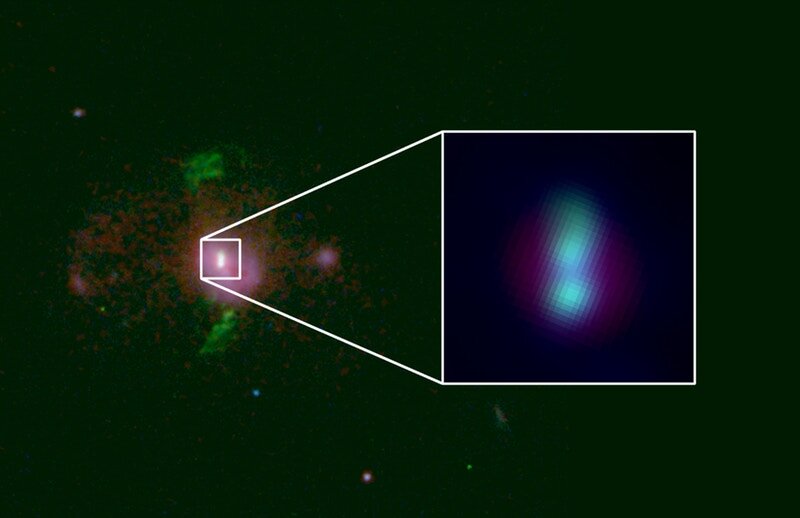- Joined
- Sep 22, 2018
- Messages
- 31,724
- Location
- Moonbase Caligula

- SL Rez
- 2008
- Joined SLU
- 2009
- SLU Posts
- 55565

Pair of supermassive black holes discovered on a collision course
Astronomers have spotted a distant pair of titanic black holes headed for a collision.
Each black hole's mass is more than 800 million times that of our sun. As the two gradually draw closer together in a death spiral, they will begin sending gravitational waves rippling through space-time. Those cosmic ripples will join the as-yet-undetected background noise of gravitational waves from other supermassive black holes.
Even before the destined collision, the gravitational waves emanating from the supermassive black hole pair will dwarf those previously detected from the mergers of much smaller black holes and neutron stars.








